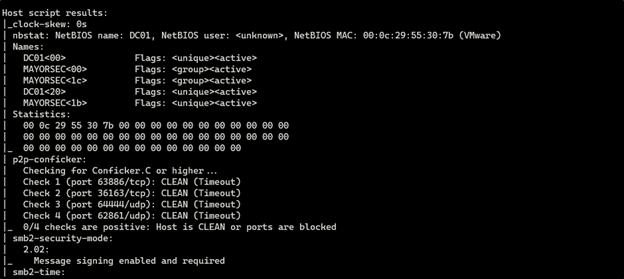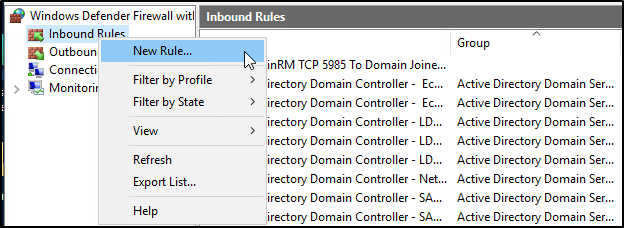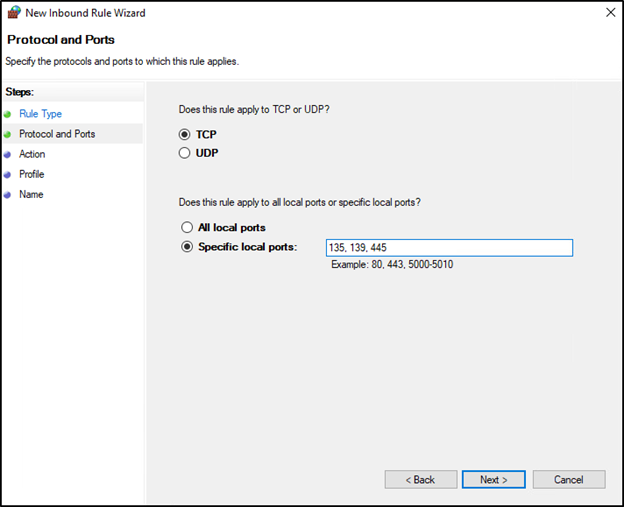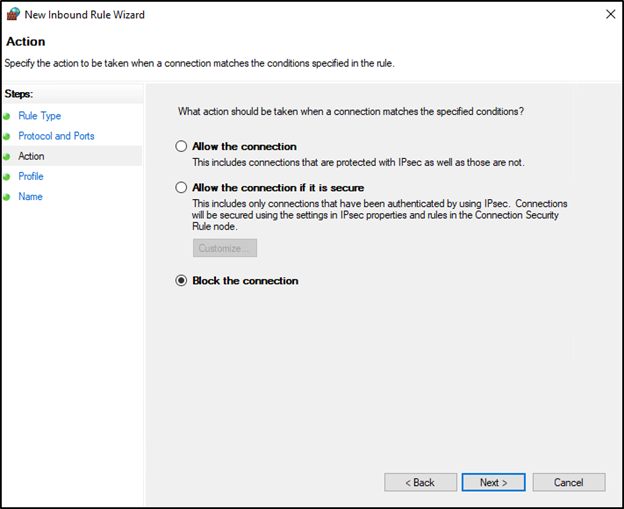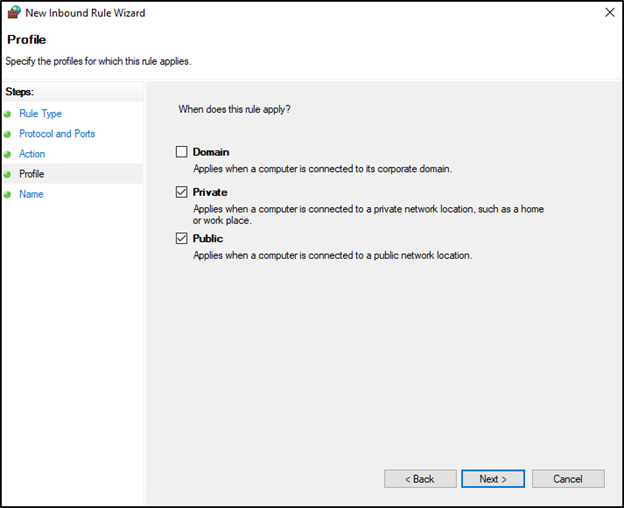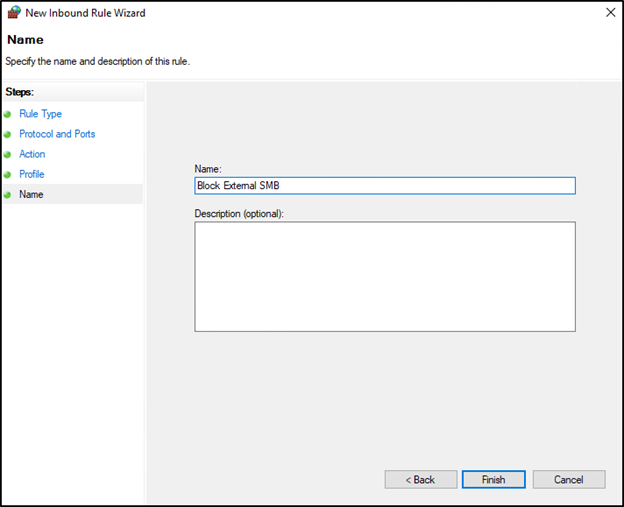Insecure Service
SMB Service Availability to Internet or Other Unauthorized Users
TCM-KB-EXT-001
Last Updated: 6/26/2023
Microsoft Windows Server
The recommended remediation steps and configurations described in this response would primarily affect systems running Microsoft Windows Server.
SMB
SMB refers to Server Message Block.
A small message block refers to a compact unit of data transmission used in communication protocols. It typically contains a limited amount of information, such as a command, status update, or a small portion of a larger message, allowing for efficient and rapid exchange of data between devices or systems.
Contributor

Joe Helle
Chief Hacking Officer
Recent Blogs

Getting Started with IoT and Hardware Hacking: Part 2 – All About UART
Next up in our series on getting started with hardware hacking, we dive into UART connections and even grab a shell on our Raspberry Pi device.

Why Hackers Should Learn C#
With so many programming languages, how do you decide what to focus on? TCM Security CTO Alex Tushinsky makes the case for why hackers should learn C#.

Strategies for Better Note Taking
Note-taking is an essential skill for cybersecurity students. Learn new strategies for effective note taking and improve your ability to retain information.

How to Use Python in Hacking
Learning Python can help hackers automate tasks, create custom tools, fix broken exploits and much more. Learn more about how hackers can use Python.
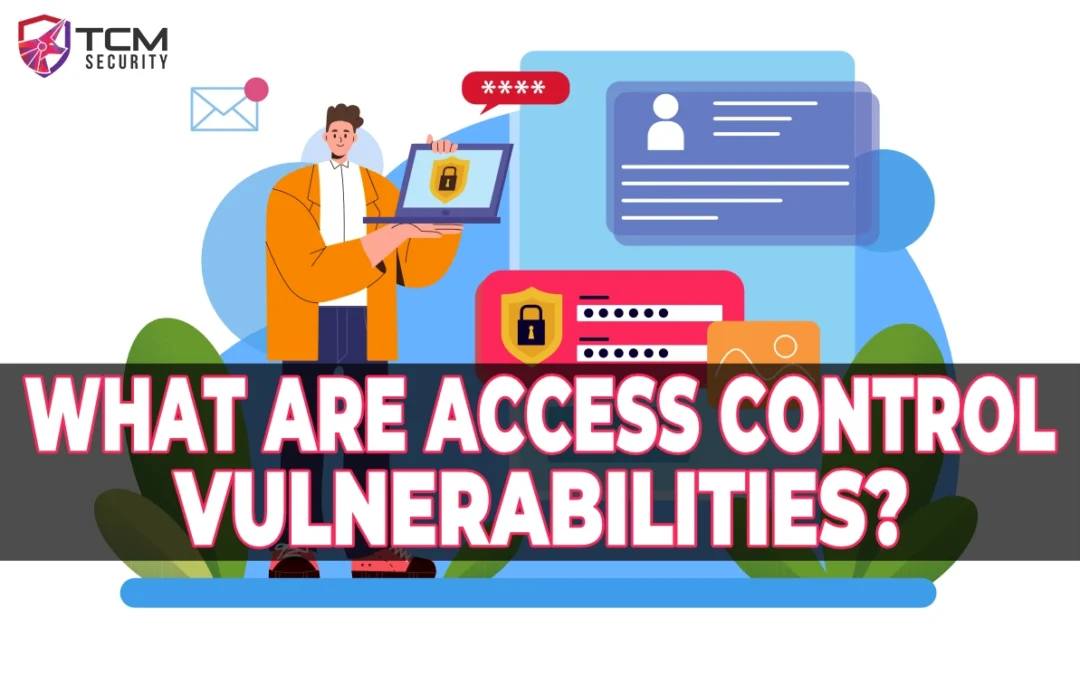
Access Approved: What Are Access Control Vulnerabilities?
Access control vulnerabilities represent a critical threat to the security of digital systems. Learn more about how your organization’s data may be at risk.
Issue
The SMB service on the domain-joined endpoint is available to the Internet. This could permit information disclosure of internal network identities (i.e., fully-qualified domain names of internal domains) and accessibility of an external entry point for brute force attacks.
Recommended Remediation
The following outlines the recommended steps that the systems and network administrators should take in order to secure the environment.
Utilizing a user account with administrative privileges, open Windows Defender Firewall with Advanced Security.
Right-click inbound Rules and select New Rule.
In the Rule Type window, click Port and select next.
Select the TCP option, and below, the Specific local ports option. Enter ports 135, 139, 445 and click Next.
On the next screen, select Block the connection and press Next.
In the next window, deselect Domain and Private, and select Public. If you prefer to only allow domain-connected devices to access the SMB service, deselect only Domain, and select Private and Public. Press Next when complete.
In the next window, specify a name for the new firewall rule, and enter a description if desired. Press Finish when complete.
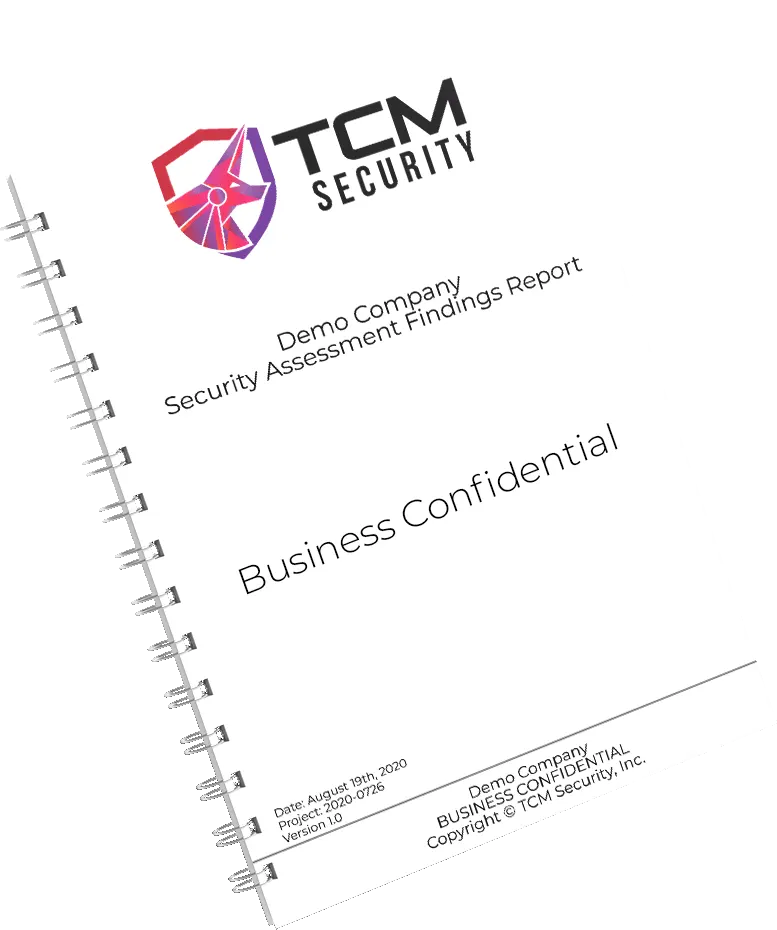
Sample Pentest Report
See The Results We Can Deliver To You. No Email Required.
See How We Can Secure Your Assets
Let’s talk about how TCM Security can solve your cybersecurity needs. Give us a call, send us an e-mail, or fill out the contact form below to get started.

